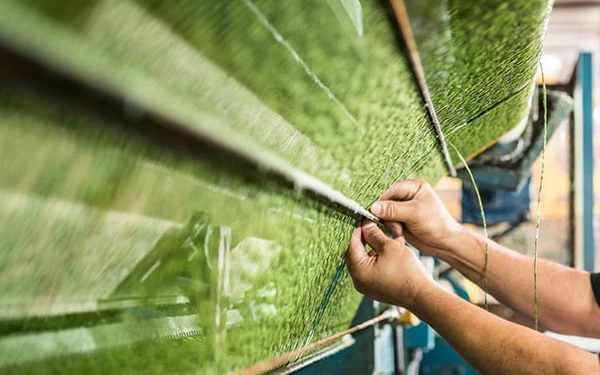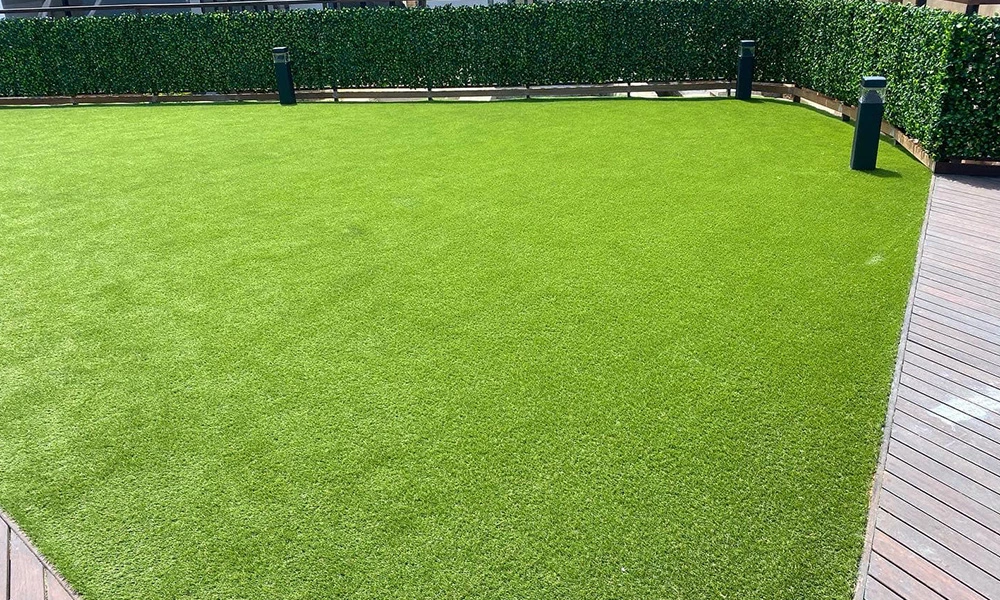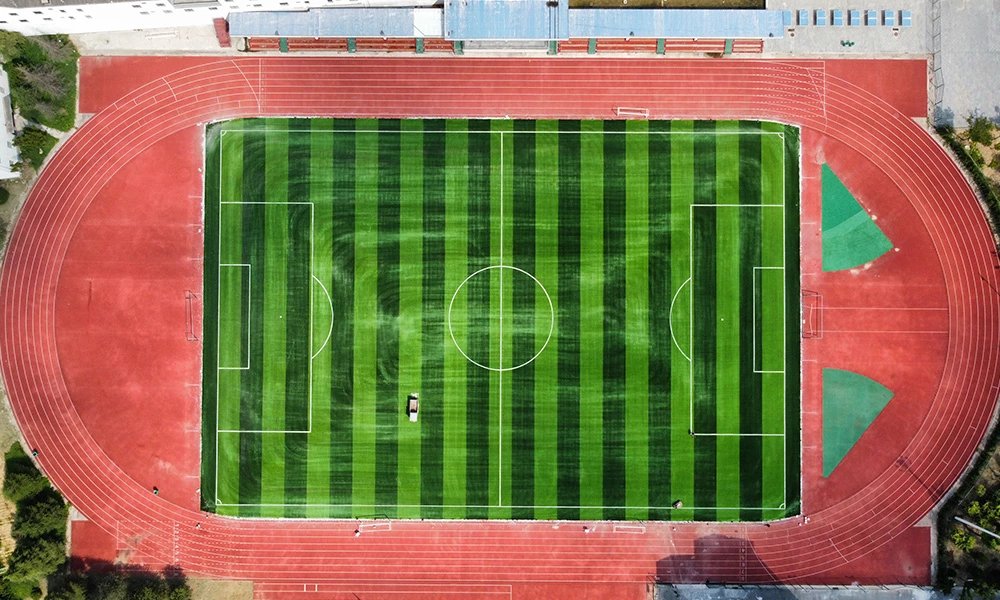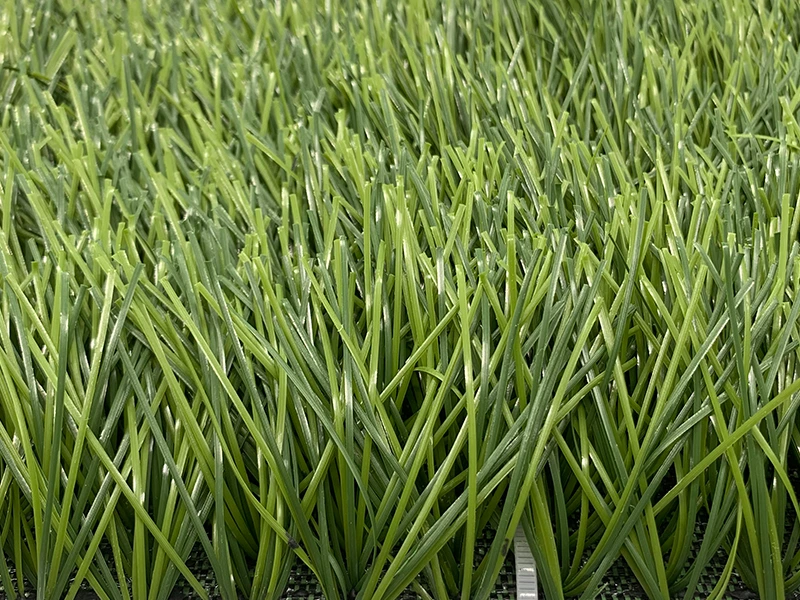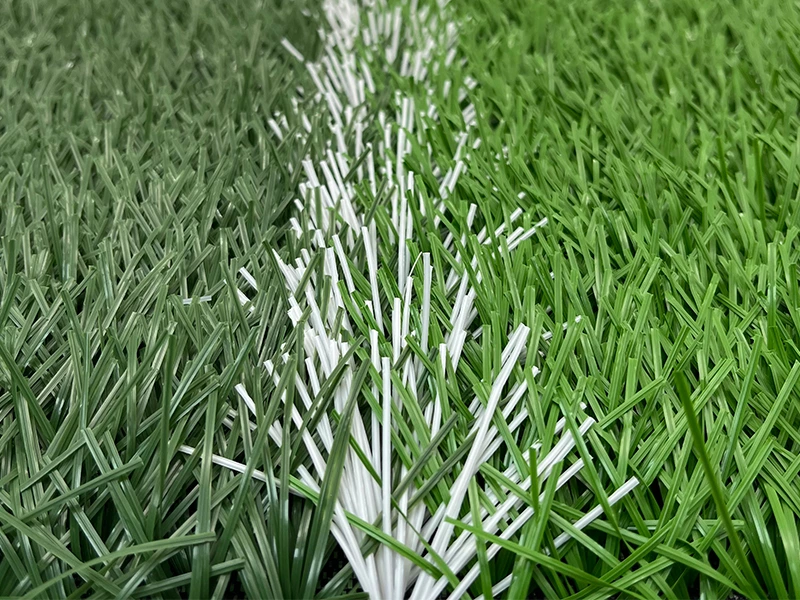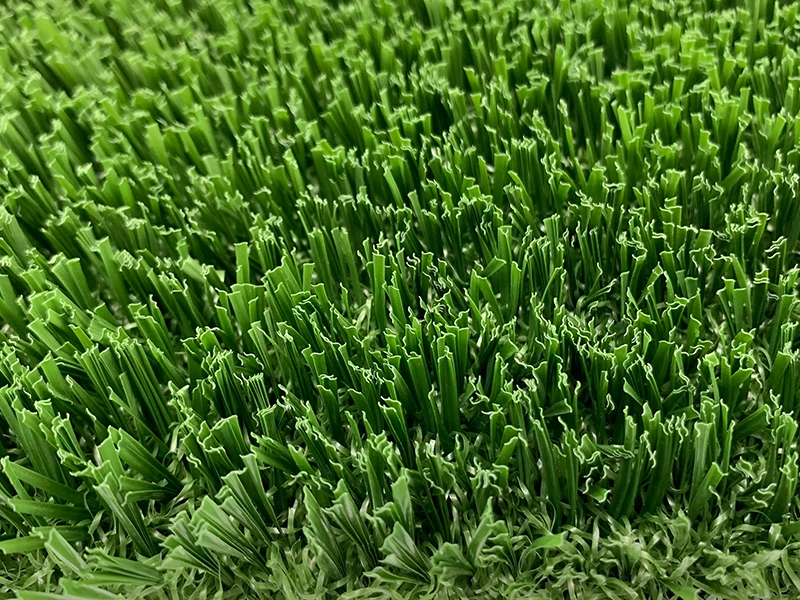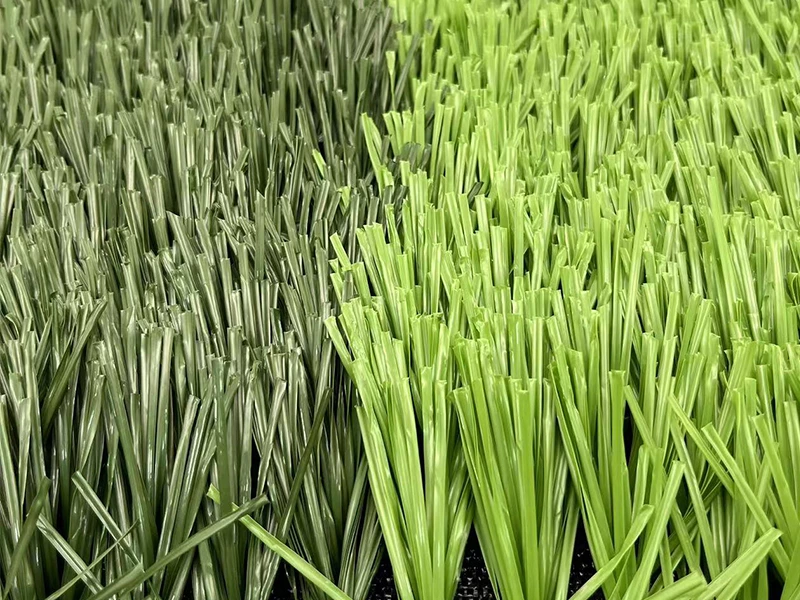Which material artificial grass is best?
Artificial turf has become increasingly popular in recent years, not only for sports stadiums, but also for residential gardens and commercial landscapes. Choosing the right type of turf depends on its yarn material. Currently, there are three main yarn materials used for artificial turf on the market: polyethylene, polypropylene and nylon. Each of these materials has its own unique characteristics and uses.
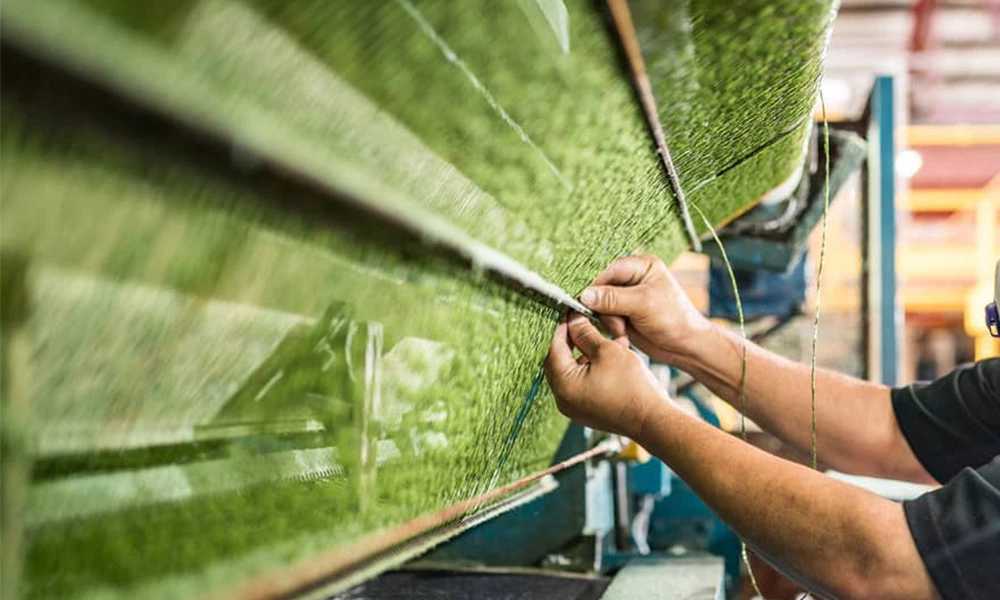
Polyethylene is the most common material
Polyethylene is the most common yarn material for artificial turf. It is popular because it strikes a good balance between durability, beauty and softness. Polyethylene fiber not only looks close to natural grass, but also feels soft to the touch, suitable for a variety of uses. Whether it is a home garden, a children's play area, or a sports field, polyethylene turf can provide a good use experience. In addition, polyethylene has good UV resistance and can maintain its color for a long time in the sun, and is not easy to fade or age.
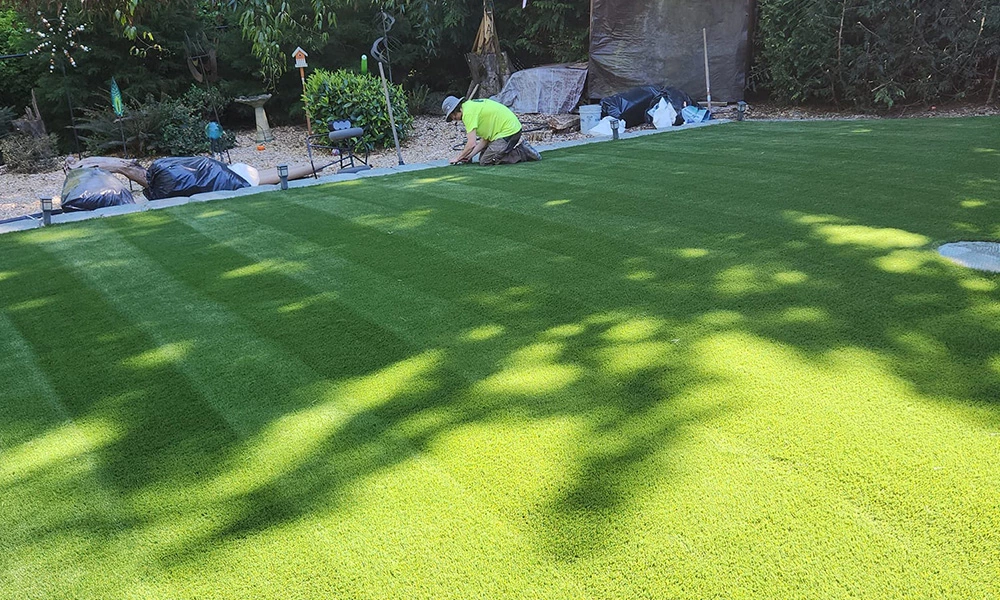
Polypropylene is lighter and cheaper
Polypropylene is a lighter and lower-cost material that is commonly used for thatch layers on greens and landscape turf. Because polypropylene fibers are harder and not as soft to the touch as polyethylene and nylon, polypropylene is relatively less used in places where comfort and safety are required, such as sports fields and children's play areas. However, the advantages of polypropylene yarn are its good wear resistance and tensile strength, which makes it suitable for places where the appearance of the turf is not required but durability is required.
Nylon has better wear resistance and resilience
Nylon is a high-strength fiber with excellent wear resistance and resilience. This makes nylon artificial turf very popular in places where high-frequency use and high-intensity sports are required, such as football and rugby fields. The disadvantages of nylon fiber are its high cost and its hard surface, which is not as soft to the touch as polyethylene. In addition, nylon fades easily in the sun, so special attention should be paid when using it outdoors.
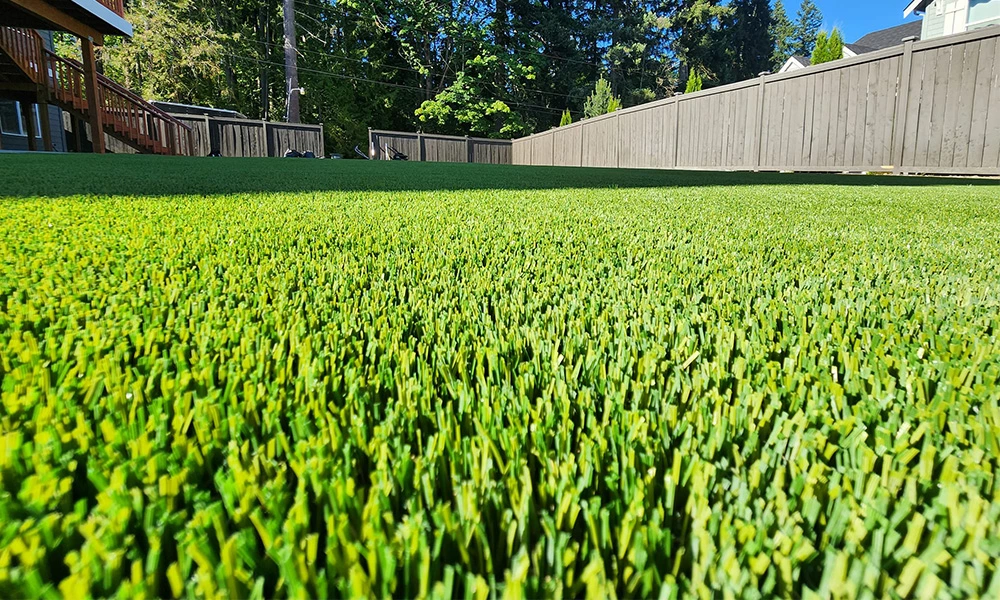
Polyethylene is the most cost-effective material
Choosing the best artificial turf depends on specific usage needs and budget. If you need a turf that is versatile and looks and feels close to natural grass, polyethylene is the best choice. For sports venues that require high strength and wear resistance, nylon is the best choice. Where the budget is limited and softness is not required, polypropylene is a practical choice. No matter which material is chosen, proper maintenance and care can extend the life of the artificial turf and ensure that it remains in good condition for a long time.
